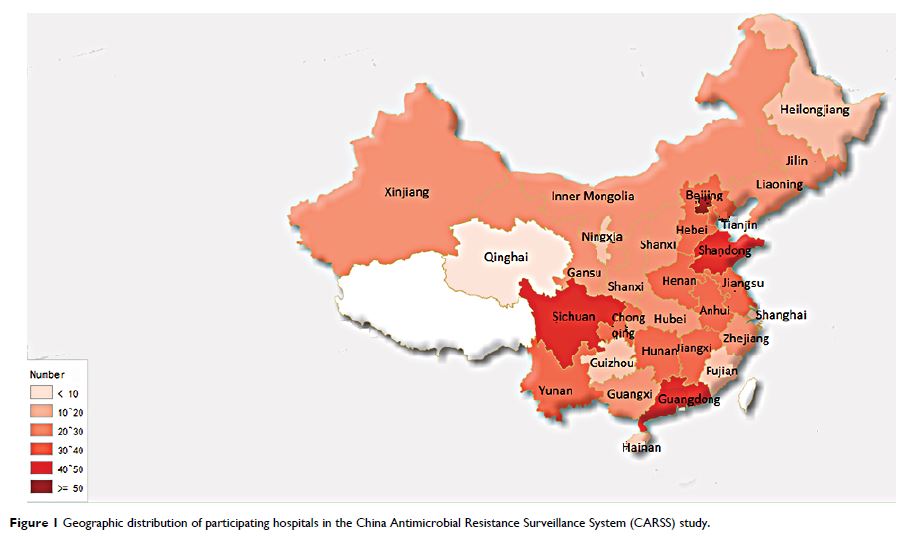108384
论文已发表
注册即可获取德孚的最新动态
IF 收录期刊
- 3.4 Breast Cancer (Dove Med Press)
- 3.2 Clin Epidemiol
- 2.6 Cancer Manag Res
- 2.9 Infect Drug Resist
- 3.7 Clin Interv Aging
- 5.1 Drug Des Dev Ther
- 3.1 Int J Chronic Obstr
- 6.6 Int J Nanomed
- 2.6 Int J Women's Health
- 2.9 Neuropsych Dis Treat
- 2.8 OncoTargets Ther
- 2.0 Patient Prefer Adher
- 2.2 Ther Clin Risk Manag
- 2.5 J Pain Res
- 3.0 Diabet Metab Synd Ob
- 3.2 Psychol Res Behav Ma
- 3.4 Nat Sci Sleep
- 1.8 Pharmgenomics Pers Med
- 2.0 Risk Manag Healthc Policy
- 4.1 J Inflamm Res
- 2.0 Int J Gen Med
- 3.4 J Hepatocell Carcinoma
- 3.0 J Asthma Allergy
- 2.2 Clin Cosmet Investig Dermatol
- 2.4 J Multidiscip Healthc

执行抗菌药物耐药性监测系统(CARSS)的中国医院中五种常用的自动化药敏试验方法的比较
Authors Zhou ML, Wang Y, Liu C, Kudinha T, Liu X, Luo Y, Yang QW, Sun H, Hu J, Xu YC
Received 27 February 2018
Accepted for publication 15 May 2018
Published 30 August 2018 Volume 2018:11 Pages 1347—1358
DOI https://doi.org/10.2147/IDR.S166790
Checked for plagiarism Yes
Review by Single-blind
Peer reviewers approved by Dr Colin Mak
Peer reviewer comments 3
Editor who approved publication: Dr Joachim Wink
Objective: The objective of this study was to evaluate the performance of five commonly used automated antimicrobial susceptibility testing (AST) systems in China (Vitek 2, Phoenix, Microscan, TDR, and DL).
Materials and methods: Two “unknown” isolates, S1 (ESBL-producing Escherichia coli ) and S2 (KPC-producing Klebsiella pneumoniae ), were sent to 886 hospitals in China for identification and AST. Using broth microdilution method (BMD) as gold standard, minimum inhibitory concentrations (MICs) were determined.
Results: Most hospitals (392, 46.1%) used Vitek 2, followed by 16% each for Phoenix, Microscan, and DL systems, and 5.9% (50) used TDR system. MICs of 22 antimicrobials were evaluated for two study isolates plus three ATCC strains. Individual susceptibility results for three ATCC strains (n=1581) were submitted by 780 (91.2%) hospitals. For each AST system, 8.7% (6/69) to 13.0% (33/253) reported MICs outside the expected range for several drugs. For the two study isolates, TDR and DL systems performed the worst in MIC determination and susceptibility categorization of cefazolin and cefepime, while the Microscan system had difficulties in susceptibility categorization for aztreonam and ertapenem. Categorical agreements were >90% for most antimicrobials tested for both the isolates, among which, using BMD, no essential agreements were noted for ampicillin, piperacillin, cefazolin, cefuroxime, ceftriaxone, and trimethoprim/sulfamethoxazole. All AST systems except Vitek 2 showed unacceptable VMEs for cefazolin (S1 and S2) and major errors for ceftazidime, cefepime, and aztreonam (isolate S1), while Vitek 2 showed a high VME rate for cefepime (10.0%) and meropenem (6.2%) for S2.
Conclusion: None of the five automated systems met the criteria for acceptable AST performance, but Vitek 2 provided a relatively accurate and conservative performance for most of the antimicrobials.
Keywords: automated susceptibility testing, accuracy, evaluation, CARSS
